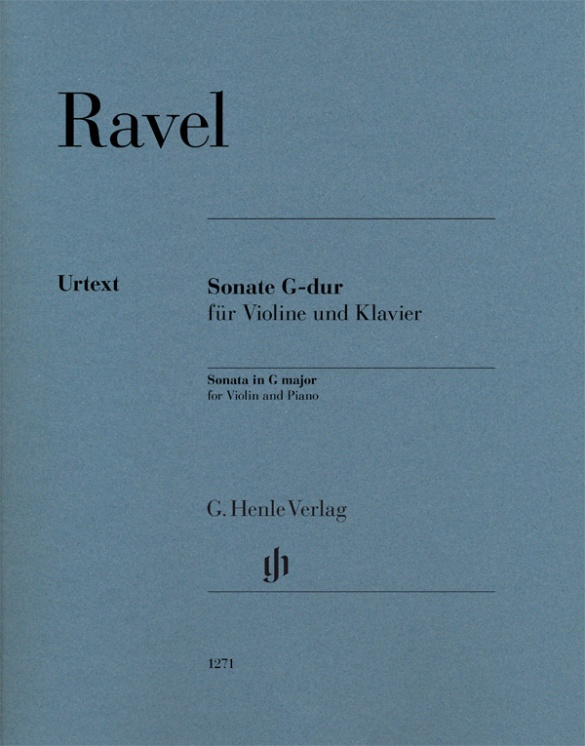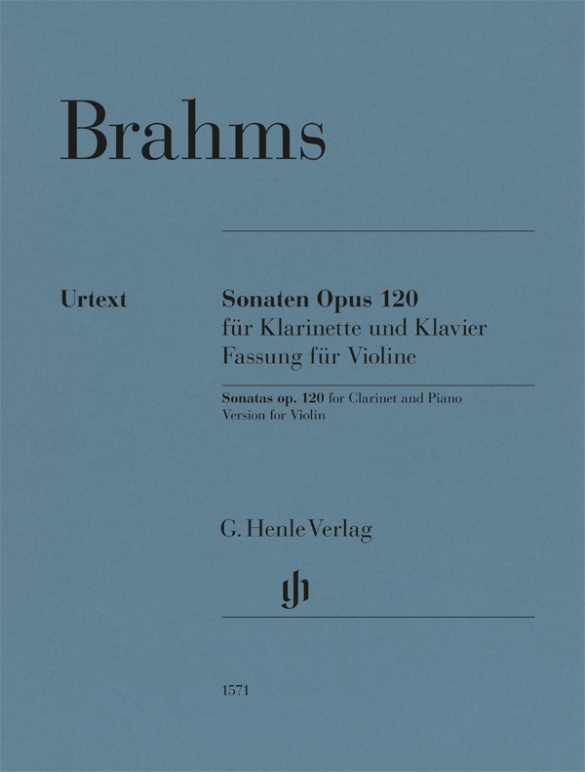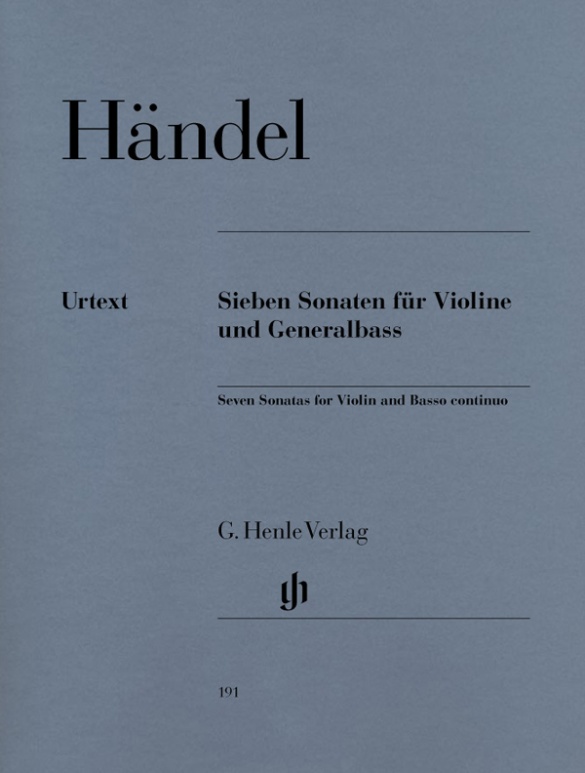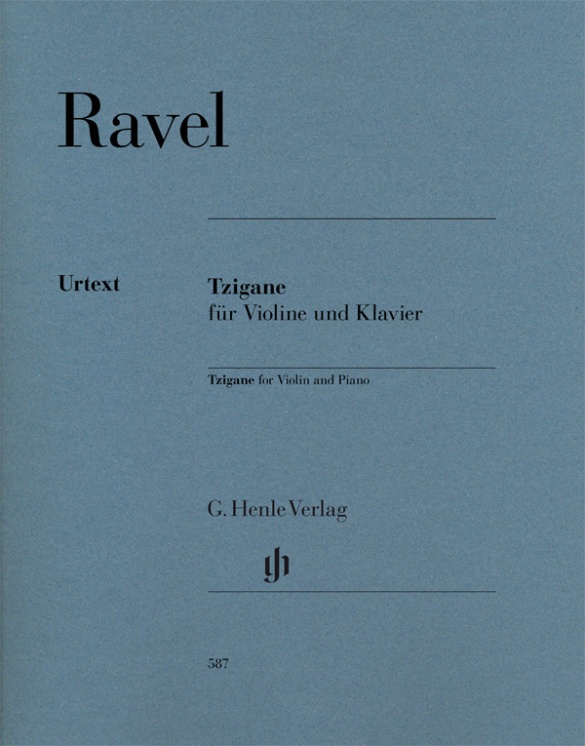

Maurice Ravel
Tzigane for Violin and Piano
“Virtuoso piece in the style of a Hungarian rhapsody” – thus reads Ravel’s entry on “Tzigane” in the so-called “Autobiographical Sketch”. Composed in 1924, there are three versions of this work: with piano, with orchestra and with luthéal, a device for keyboard instruments to extend the timbre. “Tzigane” was inspired by the Hungarian-English violinist Jelly d’Aranyi, to whom Ravel had already promised a virtuoso piece in 1922 following Franz Liszt’s “Hungarian Rhapsodies”. Work progressed slowly and d’Aranyi only received the music four days before the première – but she still gave a brilliant performance.
Content/Details
About the Composer
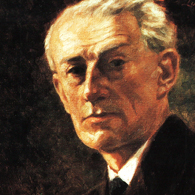
Maurice Ravel
Together with Satie and Debussy, Ravel numbers among the innovators who had a falling out with academic education and created their own avant-garde tonal languages – inspired, in Ravel’s case, by Russian and Spanish music, but also by exoticism – without abandoning tonality. This master of orchestration begins with piano works, which he orchestrates; songs with piano and piano compositions exist on an equal footing in orchestral versions.
| 1875 | Born in Ciboure on March 7; the family moves to Paris that same year. |
| 1882 | Lessons in piano, theory, and composition. |
| 1889 | Beginning of his studies at the Conservatoire de Paris, from which he will never graduate.around 1893 Influence of Chabrier and Satie. |
| 1901 | “Jeux d’eau” for piano, in a new “Impressionist” tonal language, as is “Miroirs” (1904–05). |
| 1903 | “Shéhérazade” for voice and piano/orchestral accompaniment with orientalist tonal elements. |
| 1905 | Scandal surrounding Ravel’s third application for the Prix de Rome. |
| 1907 | Premiere of the “Histoires naturelles” after Jules Renard provokes astonishment in audiences and critics. |
| 1907–08 | Rhapsodie espagnole for orchestra. |
| 1908/10 | “Ma mère l’oye” (“Mother Goose”) for piano, four-hands, as a ballet in 1911. |
| 1911 | Premiere in Paris of his opera “L’Heure espagnole.” |
| 1911/12 | “Valses nobles et sentimentales” for piano/orchestra. Premiere of the ballet “Daphnis et Chloé” in 1912. |
| 1914/19 | “Le tombeau de Couperin” for piano/orchestra anticipates the coming neoclassicism. |
| from 1920 | Many concert tours through Europe and the United States. |
| 1925 | Premiere of his opera “L’Enfant et les sortilèges.” |
| 1928 | Conferral of an honorary doctorate from Oxford University. “Bolero” for orchestra. |
| 1929–31 | Piano Concerto in G major with elements of jazz. |
| 1937 | Death in Paris on December 28. |
About the Authors
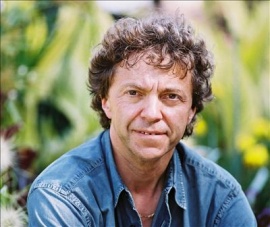
Pascal Rogé (Fingering)
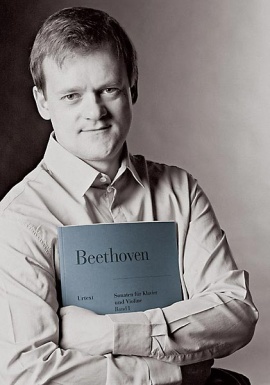
Frank Peter Zimmermann (Fingering and bowing for Violin)
Product Safety Informations (GPSR)

G. Henle Verlag
Here you can find the information about the manufacturer of the product.G. Henle Verlag e.K.
Forstenrieder Allee 122
81476 München
Germany
info@henle.de
www.henle.com
Henle's reputation is second to none and this publication continues its fine tradition.
AUSTA Stringendo, 2015Una limpida chiarezza grafica, segno distintivo delle edizioni Henle, si accompagna comunque a una grande accuratezza scientifica, la quale si svela nell'attenzione a restaurare anche nei minimi dettagli ciò che, mancante nelle prime edizioni a stampa, è ripristinabile attraverso le fonti autografe della versione orchestrale del pezzo.
Musica+, 2015Zimmermanns Vorschläge sind in jeder Richtung hervorragend nachvollziehbar und liegen sehr gut »in der Hand«, gerade bei den schnellen Spiccato-Passagen oder wenn es um die Klangfarben der unterschiedlichen Saiten geht. Das Notenbilder der Ausgabe ist hervorragend, gut aufgeteilt und ermöglicht mit guten Wendemöglichkeiten das Werk in Aufführungen auch problemlos nach Noten zu spielen.
ESTA-Nachrichten, 2017recommendations
autogenerated_cross_selling
Further editions of this title


